Synthesized microrobots capable of converting their mechanical motion into a means of self-propulsion.
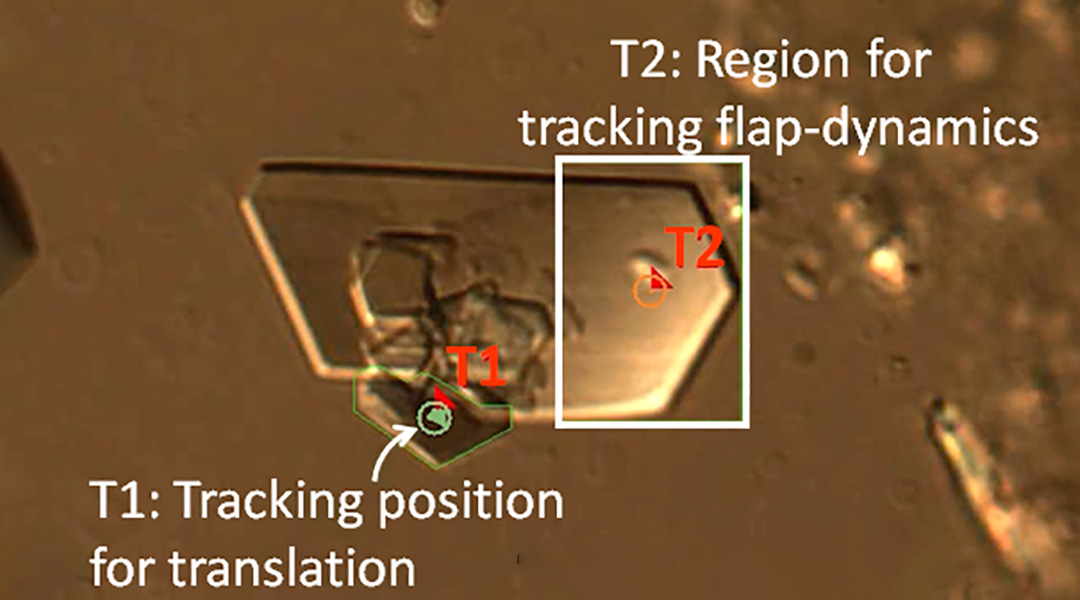

Synthesized microrobots capable of converting their mechanical motion into a means of self-propulsion.

The strong adhesive nature of this artificial tissue combined with its ability to sustain the growth of new cells helps solve long-standing challenges with these types of grafts.
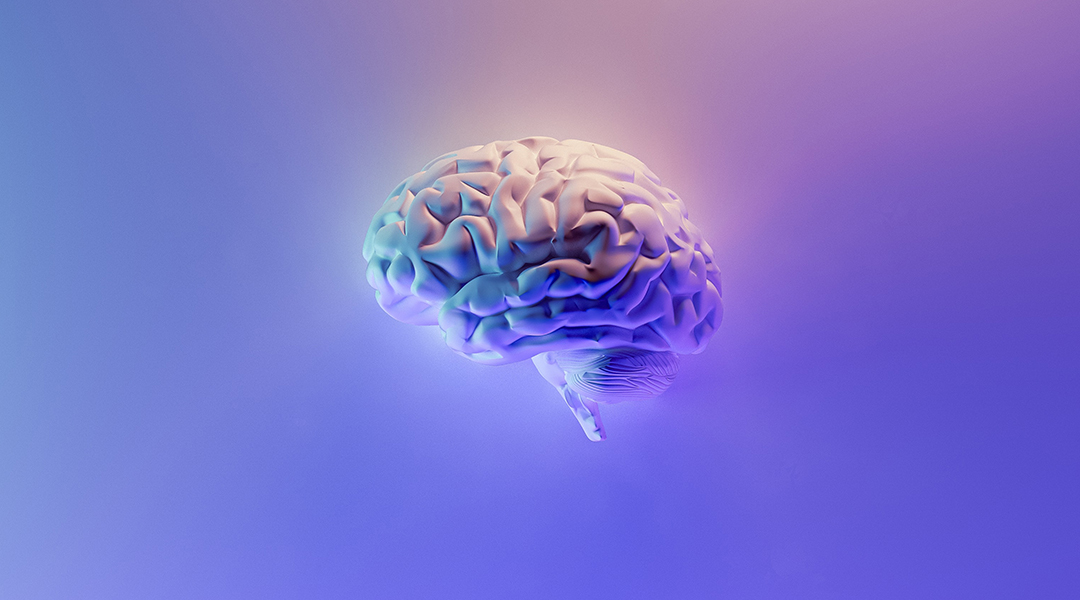
“Brain-on-a-chip” shows minute-by-minute how the blood–brain barrier reacts to high levels of inflammation.
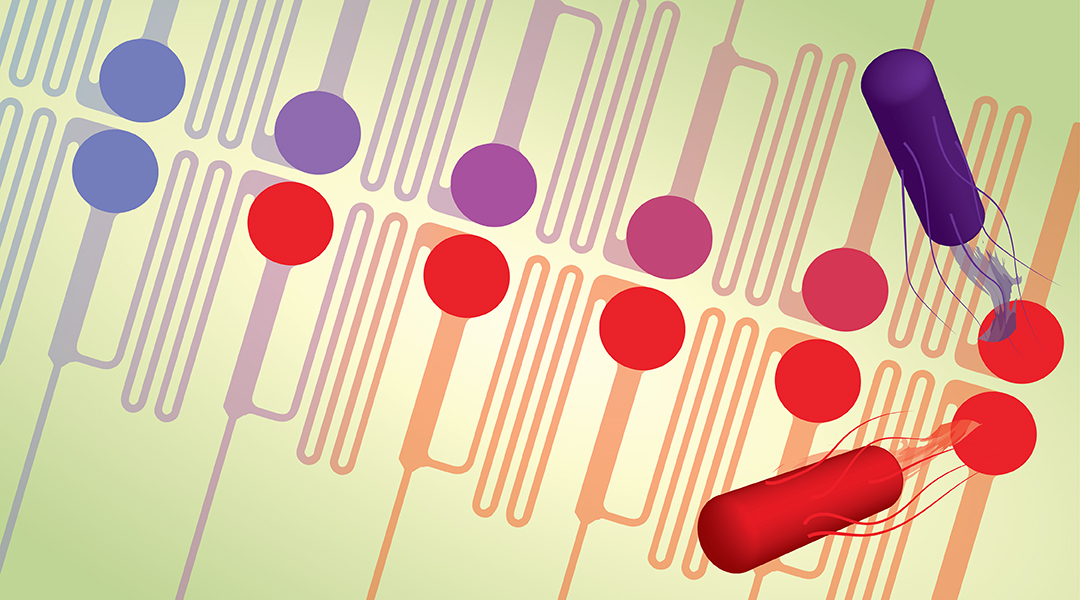
A well-based microfluidic device allows researchers to generate important data that are needed to better understand the parameters that influence evolution in bacteria to combat antibiotic resistance.
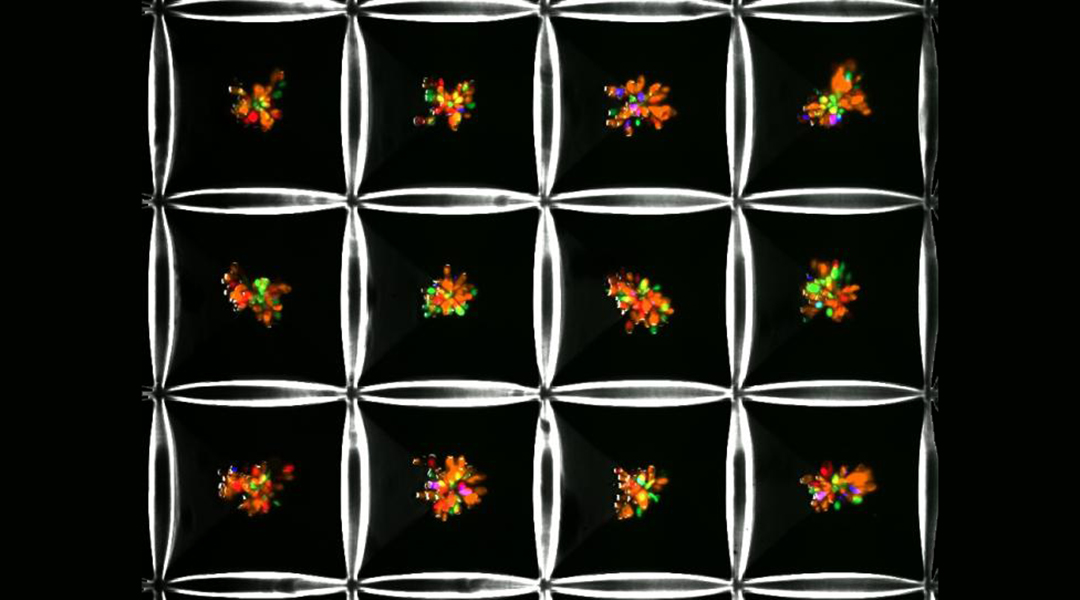
A structurally representative liver-on-a-chip models the full progression of non-alcoholic fatty liver disease, which researchers hope will lead to better treatments.
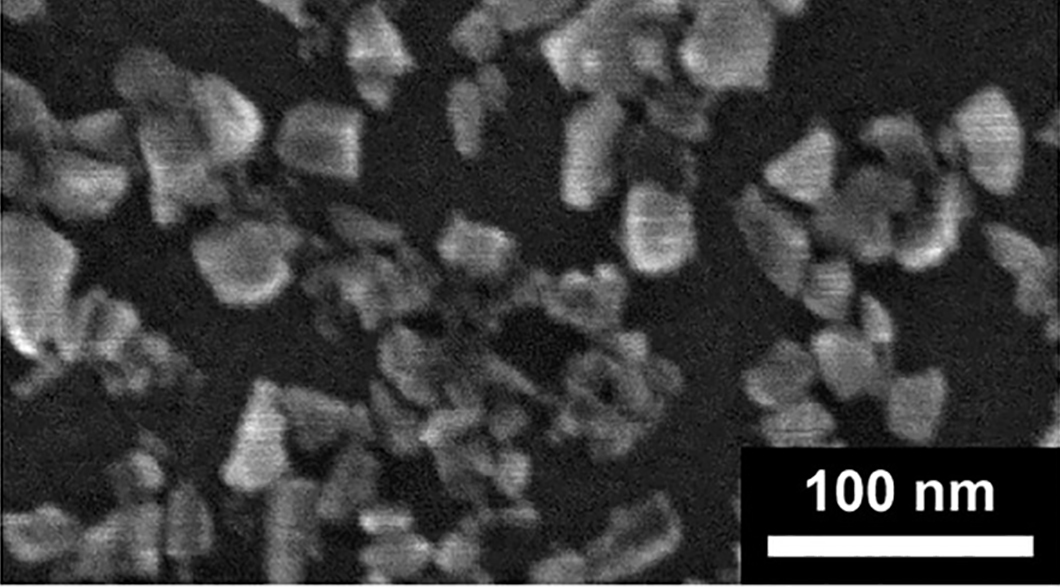
Fluorescent nano-sized diamonds give a better glimpse inside cells.
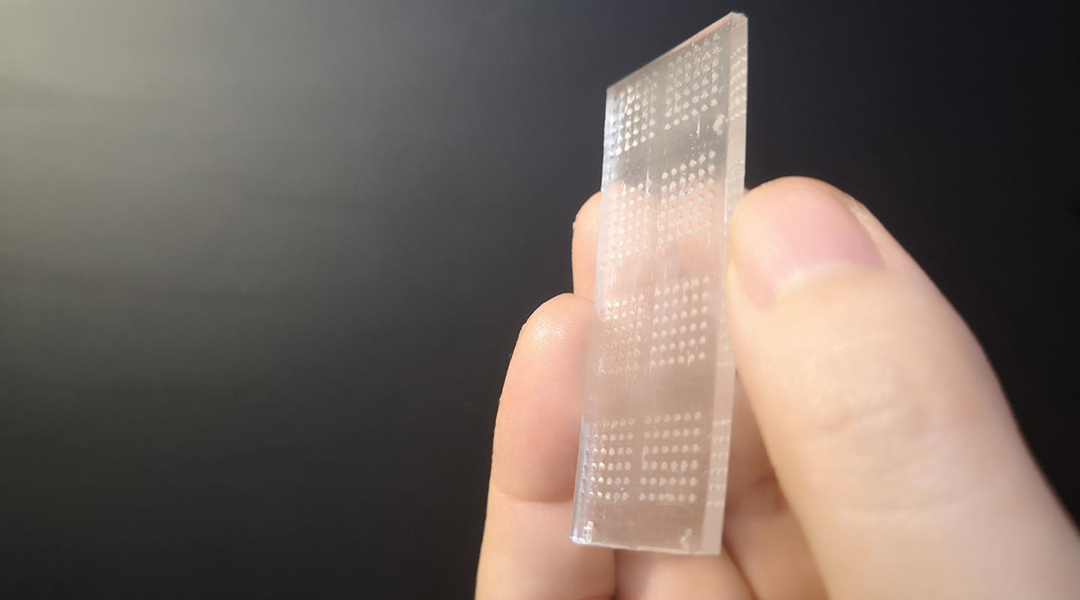
A new microwell chip holds promise for screening immunotherapy drugs with the added bonus that it can include a patient’s own cells for optimized treatment planning.
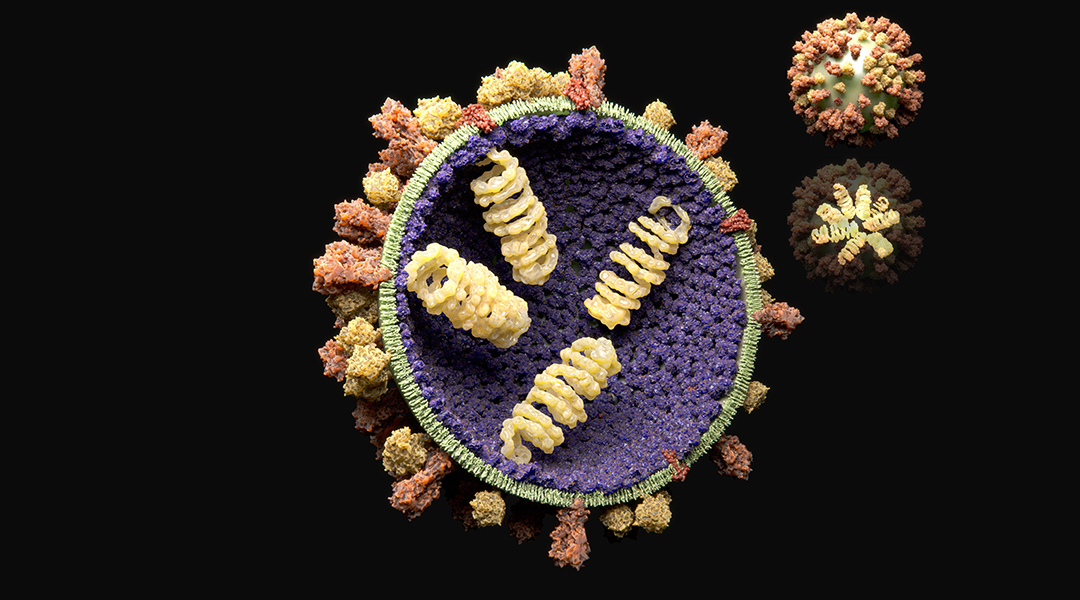
Researchers uncover the mystery of how viruses avoid encapsulating unwanted genetic material from the crowded cell cytoplasm.

A temperature-responsive, porous hydrogel enables more efficient and sustained protein synthesis.
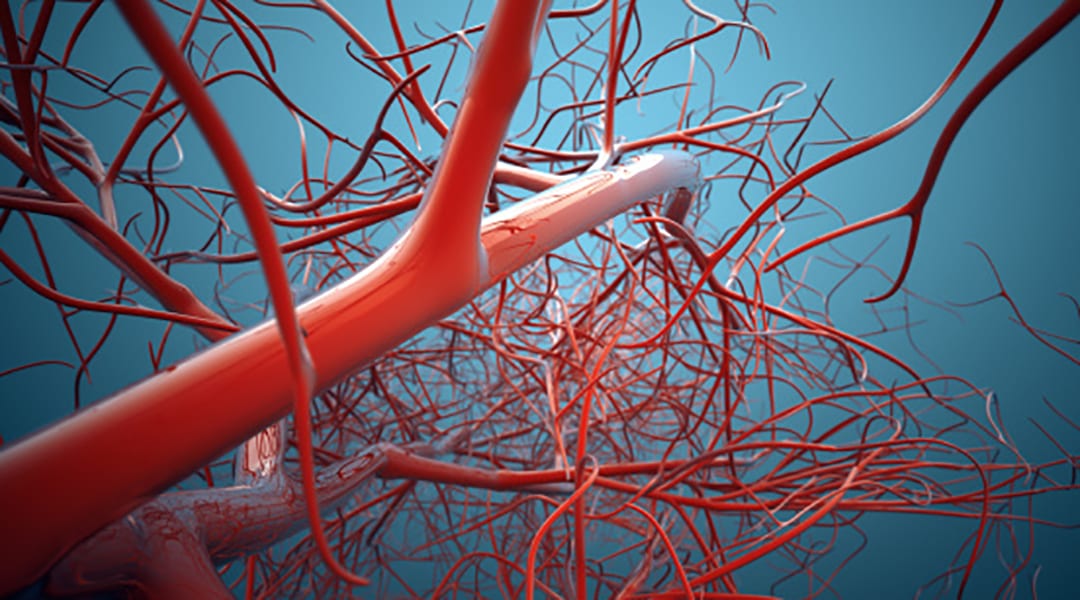
Blood pooling in venous valves is a key risk factor in deep vein thrombosis. A new model is used to better understand how this occurs.